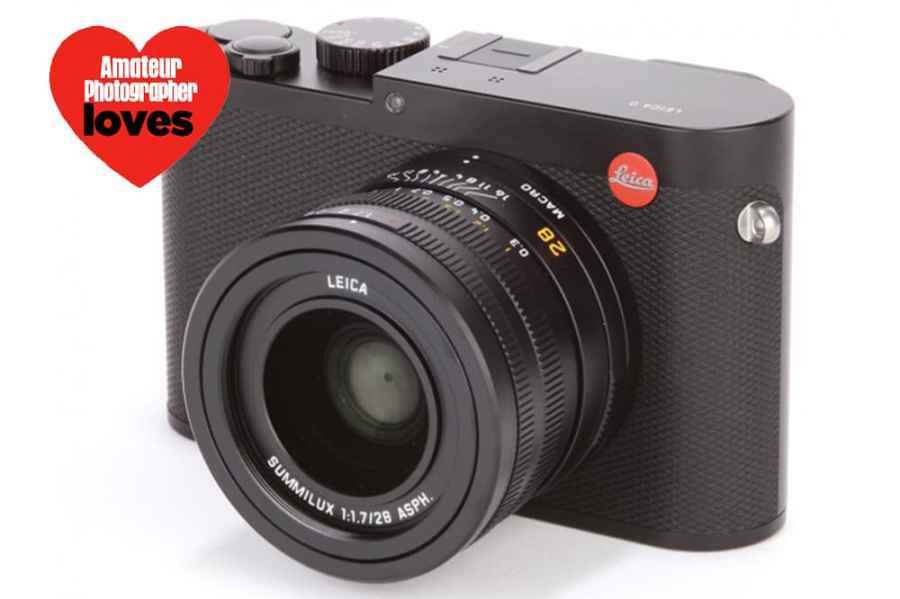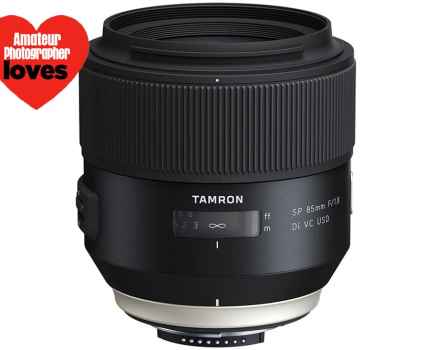Few, if any, camera brands are as iconic – or indeed as expensive – as Leica. In part because a significant number of the 20th century’s most recognisable images were captured with Leica 35mm rangefinders, with Albert Eisenstaedt’s ‘V-J Day in Times Square’ and Alberto Korda’s infamous portrait of Che Guevara two classic examples. Another reason is that Leica build quality is about as good as it gets; we’re talking precision German engineering at its finest. And then, of course, there’s the cost: to own a Leica is to be part of an exclusive club.
Released in 2015, the Leica Q is very special camera – even by Leica standards. For starters, it’s one of only a handful of compacts currently on the market equipped with a full-frame sensor. It’s also the first digital camera from Leica to offer a fully functioning touchscreen, and features built-in Wi-Fi and NFC connectivity along with 1080p Full HD video capture. Despite these decidedly modern conveniences, the Leica Q proudly retains its classic rangefinder design, with the camera’s curved sides and minimal controls giving the camera a truly unique look and feel. In terms of construction, the Leica Q is encased within a tank-like magnesium-alloy chassis.

The Leica Q is purposely designed to offer an old-school handling experience, and to this end it sports a dedicated shutter speed dial on the top-plate, and an aperture ring at the base of its fixed Leica Summilux lens. This non-removable optic provides a focal length of 28mm alongside a fast maximum aperture of f/1.7 and also benefits from built-in image stabilisation for sharper images at slower shutter speeds. Rounding things off is the 3.68M dot electronic viewfinder, which is currently the sharpest on the market. If you’re after the ultimate premium compact and have the means to afford one, then the Leica Q is pretty much in a class of its own.
Price: £3,770








